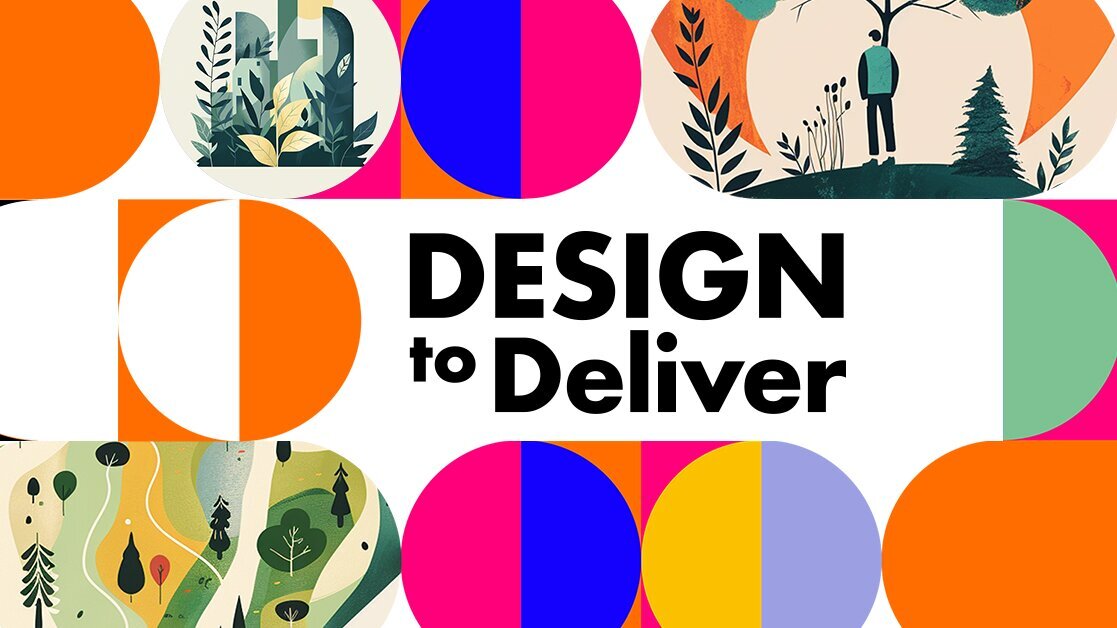DVF case studies
Design to Deliver (D2D) — Catalysing Nature-Positive Innovation

D2D is a national programme led by Connected Places Catapult in partnership with Satellite Applications Catapult, Digital Catapult, and Innovate UK. It supported 12 UK-based SMEs working with local partners to tackle complex place-based sustainability challenges — from biodiversity loss to circular economy transitions.
Design played a central role across all phases of the programme. Teams used systems mapping, design research, and collaborative prototyping to co-create solutions with communities and stakeholders.
To measure progress, the Design Value Framework was used from the outset — helping teams define shared outcomes and track impact across all four areas:
- Social: Community engagement increased significantly, with residents helping shape pilot interventions.
- Financial: Several SMEs clarified their business models and improved investor readiness.
- Democratic: The programme fostered inclusive collaboration between local authorities, designers, and citizens.
- Environmental: Projects focused on regenerative outcomes, from climate adaptation to ecological data sharing.
This case shows how the framework can be embedded into both delivery and evaluation — turning design from a process into a platform for systemic change.
South Bank University — Embedding Design Value in Education

At London South Bank University, the Product and Engineering Design team used the Design Value Framework to guide a curriculum review for a new BSc–MDes design course. Their goal was to ensure the course not only responded to current design practice but actively advanced sustainability and social responsibility through education.
The framework helped structure the curriculum around core impact areas, encouraging students to consider not just what they design, but why and for whom. It also provided a shared language for communicating the course’s values and aspirations to internal stakeholders and external partners.
By aligning course objectives with the Social, Environmental, Democratic, and Financial dimensions of design value, the team ensured the programme prepares students to lead change — in practice, policy, and the wider design ecosystem.
